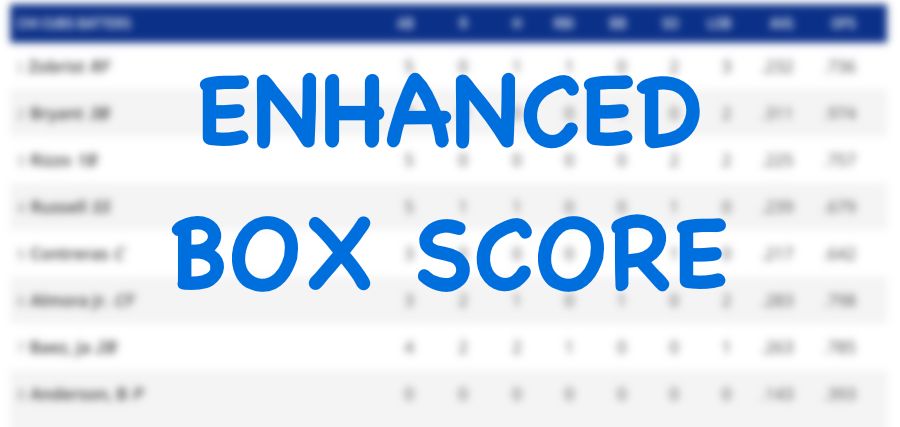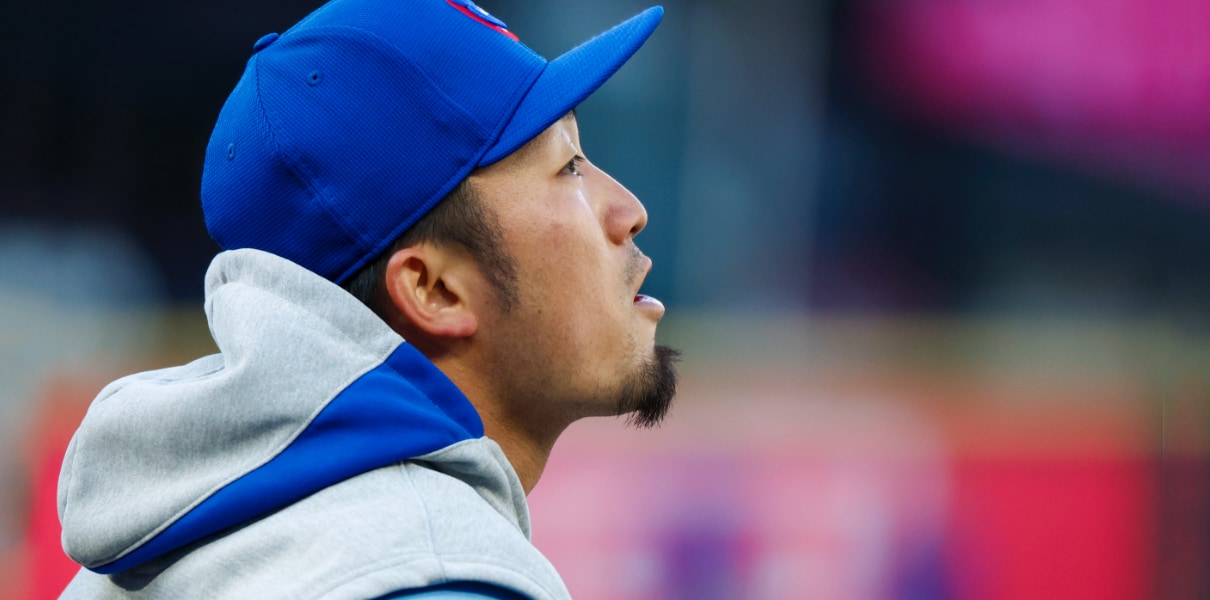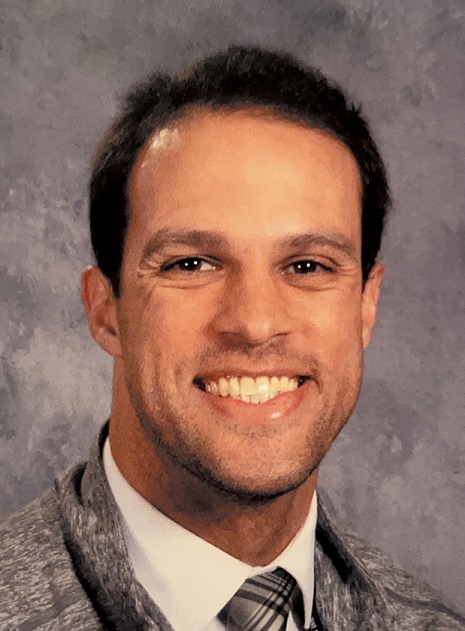In advance of his start tonight against the San Diego Padres, I thought you might enjoy a great read on the multi-year development of Chicago Cubs lefty Justin Steele.
A significant high school pitching prospect who was signed to an over-slot bonus (in part with the savings from the Kyle Schwarber pick!), Steele developed slowly and steadily throughout his time in the farm system, with a sojourn for Tommy John surgery. He then got exposure in the big leagues in relief, found success there, got exposure as a starter, found less success, and he and the Cubs kept on working. He mostly scrapped his curveball in favor of a slider with a couple distinct shapes. He kept working on the shape and location of his four-seamer. His sequencing and tunneling kept improving.
The end result? A stud.
But is it actually the end of the development for Steele? From Patrick Mooney on Steele’s continued evolution:
I love reading about all the Steele has gone through in his process of evolving, and the success he’s found with his unique two-pitch mix.
But I especially loved reading David Ross’s thoughts on how pitchers can continue to evolve at the big league level once they establish a baseline of success (The Athletic):
“There’s an evolution to all pitchers,” Cubs manager David Ross said. “I remember when Max Scherzer came up with the Diamondbacks, he had a lot of velocity and didn’t know how to pitch. He got away with some velocity once he got in the zone. And then he learned how to hit the corners and throw the slider for chase and backdoor the slider. You develop a changeup.
“Jon Lester was just four-seam, cutter in to start. And then as he developed the breaking ball, he was able to take that underneath. And then the changeup and the two-seamer and the backdoor cutter. You grow and you learn how to pitch.
“When you have the stuff that (Steele) has — and you can get hitters out in the zone with really a two-pitch mix — there’s the value. And then you learn how to locate that better. You learn how to backdoor certain things, different sides of the plate, different quadrants within the strike zone and then also other pitches as they develop. That’s a long journey.”
I don’t want to just assume that Steele can get better with his command and add a great third pitch, but if you have already established that you can succeed with your current two pitches, then you do have a lot of extra room to work. Steele is a bit older than guys like Scherzer and Lester were when they started taking those really big next steps in the big leagues, but Steele is still relatively fresh as a big league starter. Why couldn’t he have another level?
That said, sometimes evolving in this game is just about keeping pace. Even if Steele has to continue to improve and diversify what he’s doing just to preserve his current level of effectiveness, that’d hardly be a disappointment! The guy has been among the most successful starting pitchers in baseball over the last 10 months.



































